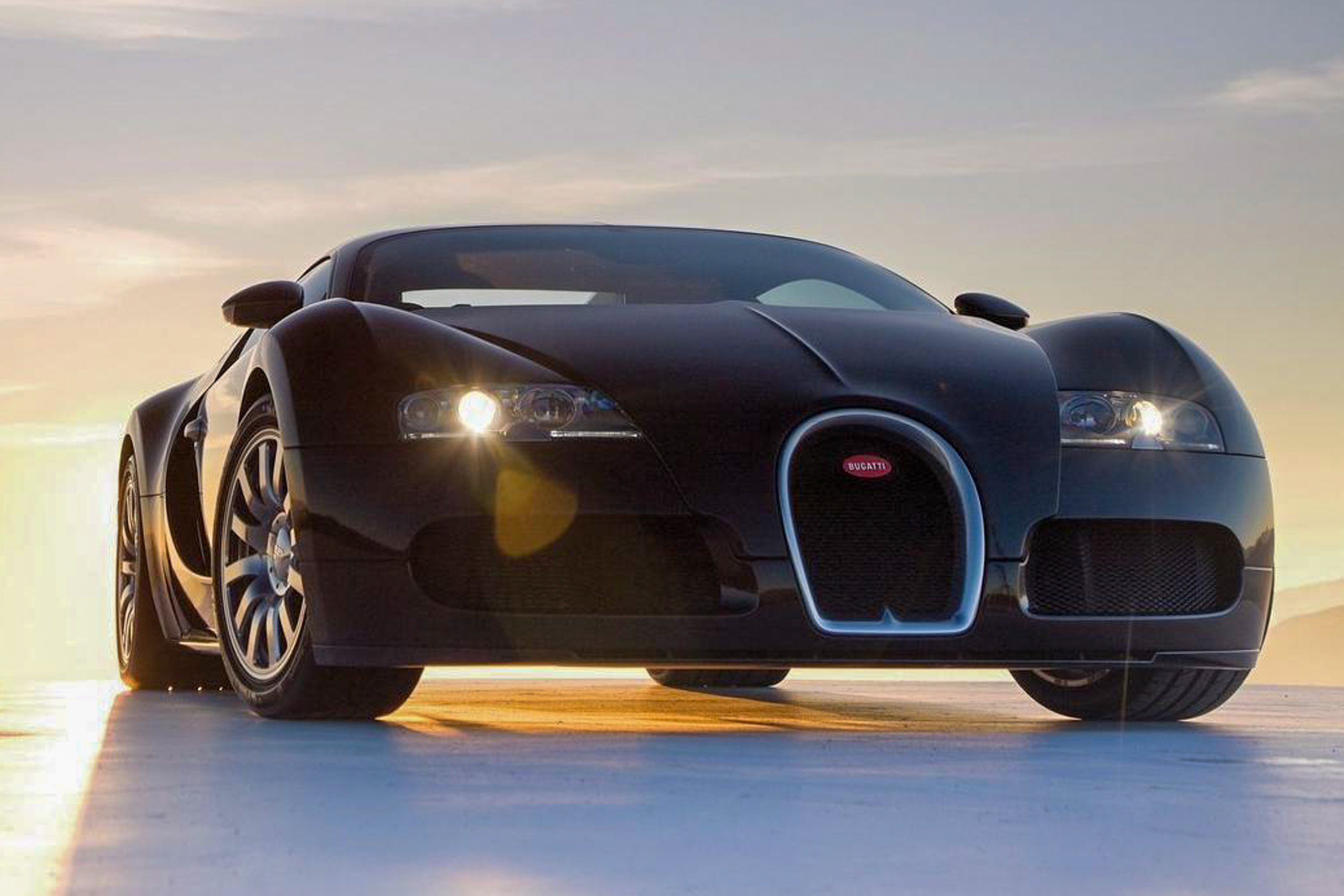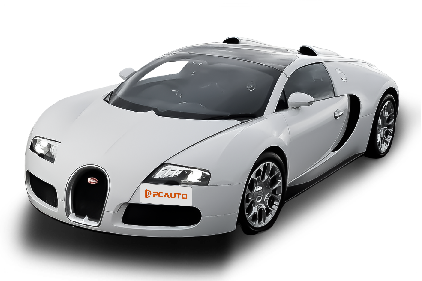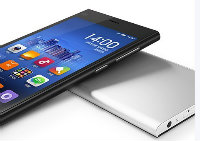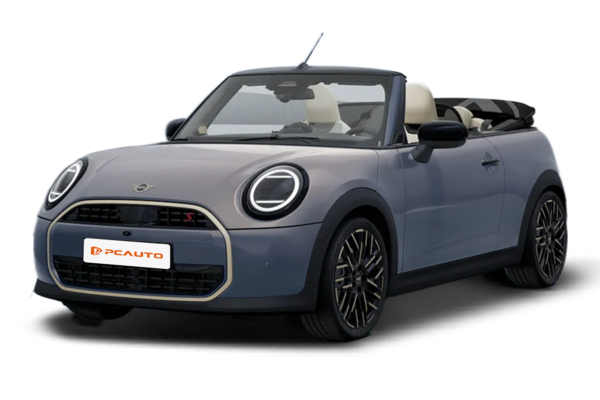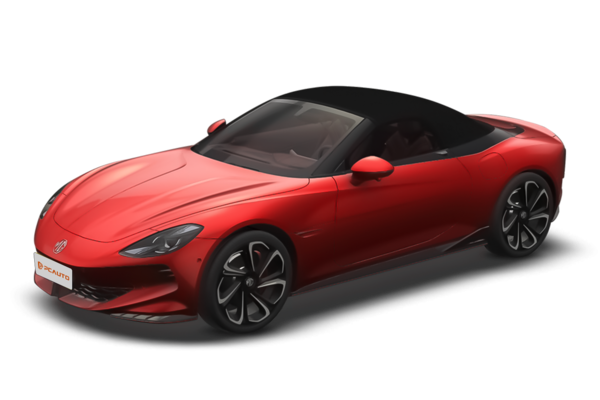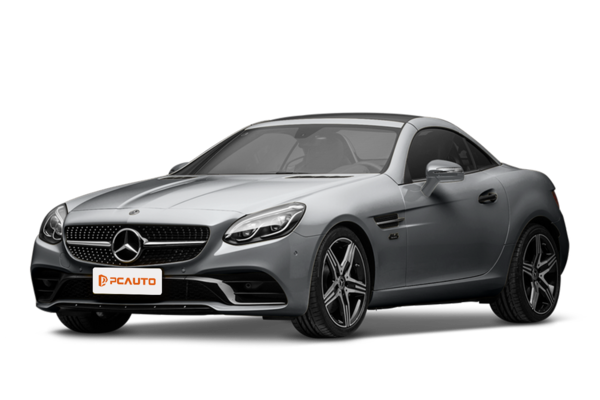Q
How many turbochargers is the Bugatti Veyron equipped with?
The Bugatti Veyron is packing four turbochargers, and that 16-cylinder, 8.0-liter W16 engine? It cranks out a mind-blowing 1001 horsepower thanks to that unique quad-turbo setup, making it one of the fastest production cars on the planet back in the day. This multi-turbo configuration isn't just about raw power—it sharpens the engine's response and keeps the power flowing strong even at high revs, which is why the Veyron absolutely dominates when it comes to acceleration and flat-out speed.
For Malaysian car fans, sure, spotting a Veyron on local roads is like finding a needle in a haystack, but its engineering is still something to marvel at. The intricate cooling system and aerodynamic wizardry, in particular—those are all there to tackle the insane heat and drag generated when this thing is pushing the limits. And let's not forget the transmission and all-wheel-drive system; they're dialed in to perfection to get that power down to the tarmac efficiently. Even in Malaysia's hot and humid weather, these systems keep the car stable and tough as nails. The Veyron's success isn't just about its blistering performance—it's a showcase of Bugatti's genius when it comes to pushing the boundaries of automotive engineering.
Q
How much horsepower does the Bugatti Veyron produce?
The Bugatti Veyron is powered by an 8.0-liter quad-turbocharged W16 engine. The standard version cranks out 1001 metric horsepower (PS), while the even more potent Veyron Super Sport ups the ante to 1200 PS, cementing its status as one of the fastest production cars of its time with a top speed of 431 km/h. This beast isn't just about raw power, though – it also features an advanced all-wheel-drive system and a seven-speed dual-clutch gearbox to make sure that power gets to the road efficiently.
For Malaysian car enthusiasts, even though the Veyron is a rare sight on local roads, its performance credentials are a milestone in automotive engineering, showcasing Bugatti's top-tier tech in the supercar realm. It's worth noting that the Veyron's powerplant demands some seriously complex cooling to handle the heat – no small feat given Malaysia's tropical climate – but Bugatti's engineers have dialed things in to ensure it stays reliable. If you're into supercars, the Veyron definitely set a high bar for high-performance excellence that car lovers still talk about.
Q
Which is faster, the Bugatti Chiron or Veyron?
The Bugatti Chiron is definitely quicker than the Veyron, no doubt about it. Under its hood, you'll find a more advanced 8.0-liter quad-turbo W16 engine churning out a whopping 1500 horsepower. Yeah, its top speed is electronically limited to 420 km/h, while the Veyron SS could hit 431 km/h, but where the Chiron really shines is in acceleration. It rockets from 0-100 km/h in just 2.4 seconds, shaving 0.1 seconds off the Veyron's time. Plus, Bugatti gave the Chiron a lighter carbon fiber structure and tweaked the aerodynamics, making it handle better and feel more stable on the road.
For Malaysian car enthusiasts, both these machines are absolute legends in the supercar world. But let's be real, with Malaysia's rainy, humid climate and road conditions, the actual driving experience of these high-performance beasts might be a bit restricted. Still, there's no denying they're the pinnacle of automotive engineering—true icons of the internal combustion engine's ultimate performance.
Q
How many cylinders is the Bugatti Veyron equipped with?
The Bugatti Veyron is powered by an 8.0-liter W16 quad-turbocharged engine, packing 16 cylinders. That unique W configuration – basically two V8s angled together – strikes the perfect balance between massive power output and a relatively compact layout. We're talking 1001 horsepower on tap and a top speed north of 400 km/h, which is nothing short of an engineering marvel.
For Malaysian petrolheads, the Veyron's performance credentials are particularly noteworthy because our tropical climate really puts a strain on high-performance engines, especially when it comes to cooling and overall stability. But the Veyron's advanced cooling system handles the heat like a champ.
The W16 engine itself is a testament to Bugatti's obsession with ultimate power. This kind of multi-cylinder setup is pretty rare in the supercar world, usually reserved for the absolute top-tier flagships. Sure, you'll find big-displacement, multi-cylinder engines in some Koenigseggs and Paganis too, but each brand takes its own unique technical approach.
It's also worth pointing out that while the Veyron's successor, the Chiron, sticks with the W16 architecture, Bugatti cranked up the performance even further by tweaking the turbocharging and fuel systems. That just goes to show how supercar makers keep pushing the envelope with innovations, even as environmental regulations get tighter and tighter these days.
Q
How many radiators is the Bugatti Veyron equipped with?
The Bugatti Veyron, as a top-tier supercar, features an incredibly complex cooling system with no fewer than 10 radiators. These are crucial to keeping its monstrous W16 engine and high-performance components running reliably even under extreme conditions. We're talking about the main engine radiator, intercoolers, transmission cooler, differential cooler, and even the A/C condenser—each one pulling double duty to keep specific systems frosty.
Now, this detail matters a lot to Malaysian car enthusiasts. Let's face it, our hot and humid climate is brutal on a car's cooling capabilities. The Veyron's multi-radiator setup? It's basically engineered to laugh in the face of that heat, ensuring you don't lose a single pony when the mercury spikes.
Sure, all these radiators add some heft and complexity, but that's pretty standard fare for high-performance exotics. Brands like Lamborghini and Koenigsegg do similar things—they prioritize keeping that powerplant happy during hard driving over shaving off a few kilos. And hey, if you're lucky enough to own or even maintain one, keep those radiators clean! A buildup of dust or debris can seriously cramp their cooling style, and you don't want that.
Q
Which is better, Bugatti Veyron or Chiron?
Both the Bugatti Veyron and Chiron stand as icons of top-tier supercars, but the Chiron—stepping in as the Veyron's successor—brings some serious upgrades in both performance and tech. The Veyron rocks an 8.0-liter W16 quad-turbo engine cranking out 1001 horsepower, with a top speed hitting 407 km/h. Now the Chiron? It sticks with that W16 layout but soups up the turbo setup big time, pushing power to a whopping 1500 horses. They electronically limit its top speed to 420 km/h, though real-world tests have seen it go even faster. On top of that, the Chiron gets revamped aerodynamics and lighter bodywork, making it handle like a dream compared to its predecessor. Inside, it's taken luxury up a notch too, packing more modern tech gadgets than you can shake a stick at.
For Malaysian petrolheads, both models are pretty much unicorns on the road. But the Chiron really shows off Bugatti's latest engineering wizardry. That said, the Veyron's still a certified legend with a massive fanbase. Picking between them? Honestly, it all comes down to personal taste—at this level, every single one of these machines is a rolling piece of engineering art. Oh, and let's not forget: Malaysia's hot and humid weather can really put these high-performance engines' cooling systems through their paces, so you've gotta stay on top of maintenance if you're lucky enough to own one.
Q
What's the price of Bugatti Veyron?
The Bugatti Veyron, an absolute icon in the supercar world, comes with a price tag that varies depending on the specific model and how you spec it out. New, you're looking at roughly $2 million to $3 million. But hey, that final number can swing based on market conditions and all the fancy extras you decide to throw in. Over in Malaysia, with those notoriously high import duties and taxes, the on-the-road price is gonna climb even higher—no getting around that.
What really makes the Veyron legendary, though, is its mind-blowing performance. Under the hood sits that monster 8.0-liter quad-turbo W16 engine, pushing it to a top speed of 407 km/h. Back in the day, it was one of the fastest production cars on the planet, a true showcase of Bugatti's engineering and technical genius.
For Malaysian car enthusiasts, spotting a Veyron on local roads is pretty rare, I'll admit. But if you're dead set on getting one, your best bet is to hit up official channels or specialized importers to hash out the details. And let's not forget, Malaysia does have a thriving high-end car culture scene. Every now and then, you might just catch a glimpse of this beauty at car shows or exclusive private events.
Q
What are the differences between the Bugatti Veyron and the Chiron?
Both the Bugatti Veyron and Chiron are supercars from Bugatti, but they have some pretty big differences when it comes to performance, design, and tech. The Veyron hit the scene back in 2005, packing an 8.0-liter W16 quad-turbo engine that cranked out 1001 horsepower, with a top speed of 407 km/h. Then along came the Chiron in 2016 as its successor. It still uses that W16 engine, but after some tweaks, it now puts out a whopping 1500 horsepower. Officially, its top speed is limited to 420 km/h, but in actual testing, it's managed to hit 490 km/h.
The Chiron also gets some serious upgrades in aerodynamics and weight saving – think sharper body lines and a more efficient cooling system. On the inside, it's even more luxurious too, with fancier materials and more customization options. For Malaysian car fans, both are total icons of ultimate performance, but they're super rare here because of limited production runs and those sky-high price tags. Oh, and it's worth mentioning that Bugatti later rolled out Chiron variants like the Chiron Sport and Chiron Super Sport, which take performance and driving thrills to an even higher level.
Q
What is the top speed of Bugatti Veyron?
The Bugatti Veyron tops out at 431 km/h, a figure achieved during testing of the standard Veyron 16.4. The subsequent Veyron Super Sport variant pushed that envelope even further, exceeding 431 km/h to cement its status as one of the fastest production cars in the world at the time. Powering this beast is an 8.0-liter W16 quad-turbocharged engine cranking out a whopping 1001 horsepower, paired with a seven-speed dual-clutch gearbox and permanent all-wheel drive—all working in harmony to catapult it to mind-blowing speeds in the blink of an eye. For Malaysian petrolheads, while local road conditions make experiencing such extreme velocity impossible, the Veyron stands as a pinnacle of automotive engineering, showcasing Bugatti's mastery in aerodynamics, materials science, and powertrain technology. It's worth noting that supercars like this might require more frequent maintenance in Malaysia's hot and humid climate to keep the engine and cooling systems in peak form—just a little heads-up for owners navigating tropical environments.
Q
What's the top speed of Bugatti Veyron?
The Bugatti Veyron stands tall as one of the fastest production cars on the planet, boasting a top speed of 431 km/h. When it first hit the scene back in 2005, that figure absolutely shattered the production car speed record. Under its sleek hood lies an 8.0-liter W16 quad-turbocharged engine, cranking out a whopping 1001 horsepower. Pair that with a 7-speed dual-clutch transmission and a full-time all-wheel-drive system, and you've got a machine that rockets from 0-100 km/h in a blistering 2.5 seconds.
For Malaysian car enthusiasts, while our local road conditions make experiencing that kind of extreme speed impossible, the Veyron represents the absolute pinnacle of automotive engineering. It showcases groundbreaking advancements in supercar aerodynamics, materials science, and powertrain technology. A pretty cool (and telling) detail? You need a special key to unlock the Veyron's top-speed mode, and at those insane velocities, the fuel tank empties in roughly 12 minutes. That just goes to show supercar design isn't all about raw speed; safety and stability are equally crucial considerations.
If supercars float your boat, keep an eye on the speed wars waged by other brands like Koenigsegg or Hennessey. They've also rolled out some absolutely mind-blowing performers in the quest for ultimate velocity.
